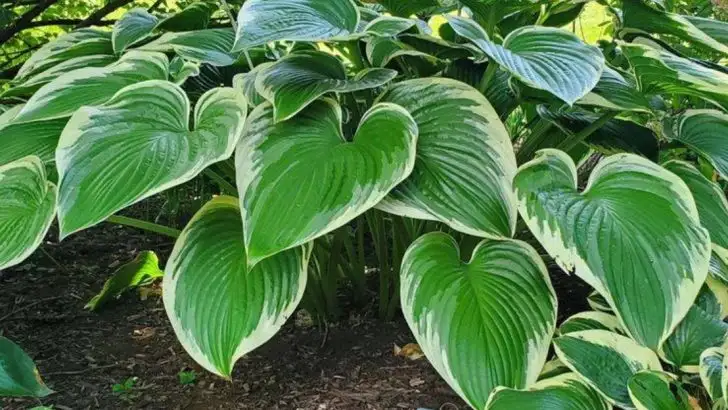Clay soil often gets a bad reputation for being dense, heavy, and difficult to work with — but it’s also packed with nutrients that certain plants absolutely love. The key is knowing which plants naturally thrive in these conditions and how to make the most of your soil’s unique properties.
In this article, we highlight 14 hardy plants that not only tolerate clay soil but actually flourish in it. Whether you’re looking to add vibrant flowers, shrubs, or ground covers, you’ll find beautiful and resilient options perfectly suited to your garden’s needs.
Don’t fight your soil — embrace it! With the right plant choices, your clay-heavy garden can become a rich, thriving landscape full of color and life.
Daylily
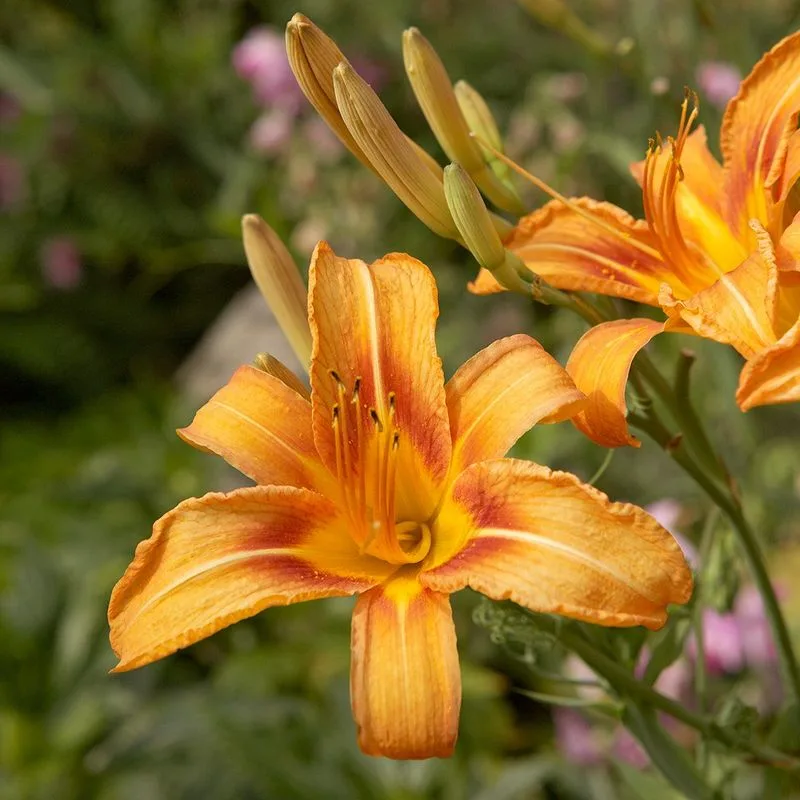
With a reputation for resilience, daylilies bring a burst of color to any garden. These perennial flowers are well-adapted to clay soil, thriving despite its dense nature. Each bloom lasts for only a day, but the plant produces new flowers throughout the blooming season. Their ability to withstand both drought and wet conditions makes them ideal for gardens with inconsistent watering. Daylilies are also low maintenance, requiring minimal care once established. They come in various hues, adding visual interest with their bold and bright blossoms.
Bee Balm
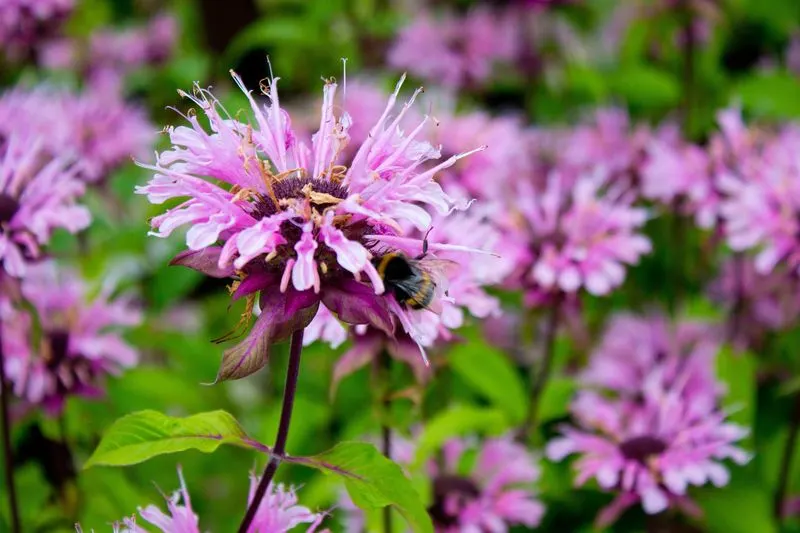
Known for attracting pollinators, bee balm is a vibrant addition to any clay-based garden. Its tubular flowers are a magnet for bees, butterflies, and hummingbirds. This plant not only thrives in clay soil but also adds a splash of color with its red, pink, or purple blooms. Bee balm is an aromatic herb, part of the mint family, and can be used in teas. Its fragrant foliage and floral display make it a dual-purpose plant, both beautiful and functional. Ideal for borders or as a focal point in a flowerbed.
Switchgrass
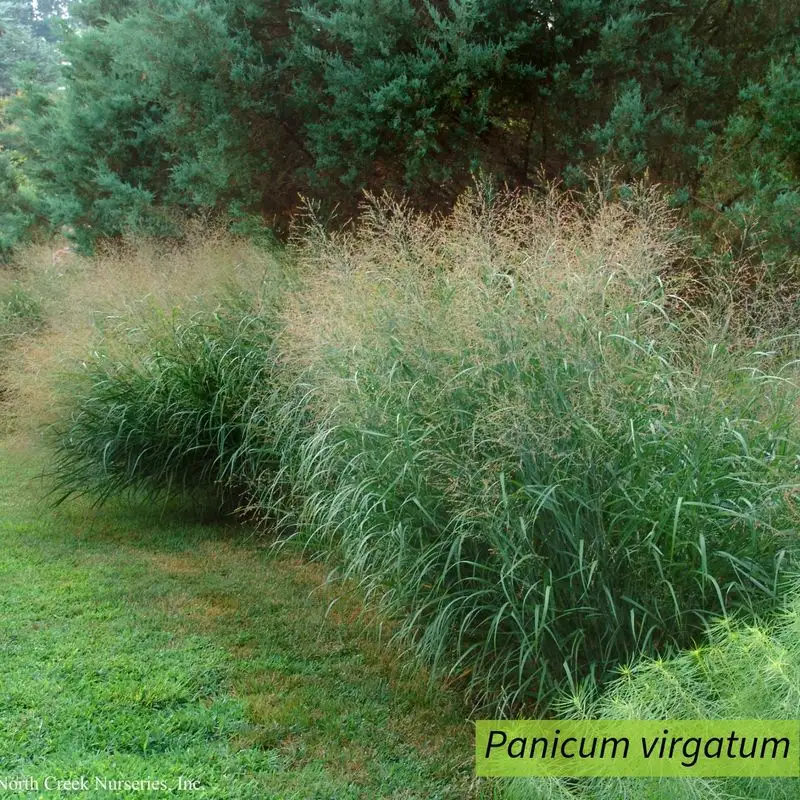
Switchgrass is a versatile native grass that adapts well to the heavy texture of clay soil. This ornamental grass features tall, upright growth and delicate, airy flower panicles. Switchgrass provides year-round interest, with its foliage turning golden brown in the fall. It’s drought-tolerant once established, making it a sustainable choice for eco-friendly gardens. Perfect for adding height and texture, switchgrass can serve as a backdrop or a natural privacy screen. Additionally, it’s a valuable habitat for wildlife, supporting birds and insects.
Coneflower

Coneflowers are a gardener’s delight, flourishing even in challenging clay soils. These hardy perennials are known for their daisy-like blooms with raised centers, offering a splash of color from midsummer to fall. Coneflowers are not only beautiful but also attract a variety of pollinators, including bees and butterflies. Their strong stems make them a great cut flower option. These plants are drought-tolerant and deer-resistant, requiring minimal maintenance once set. Perfect for borders, they add vertical interest and charm to any landscape.
Black-eyed Susan
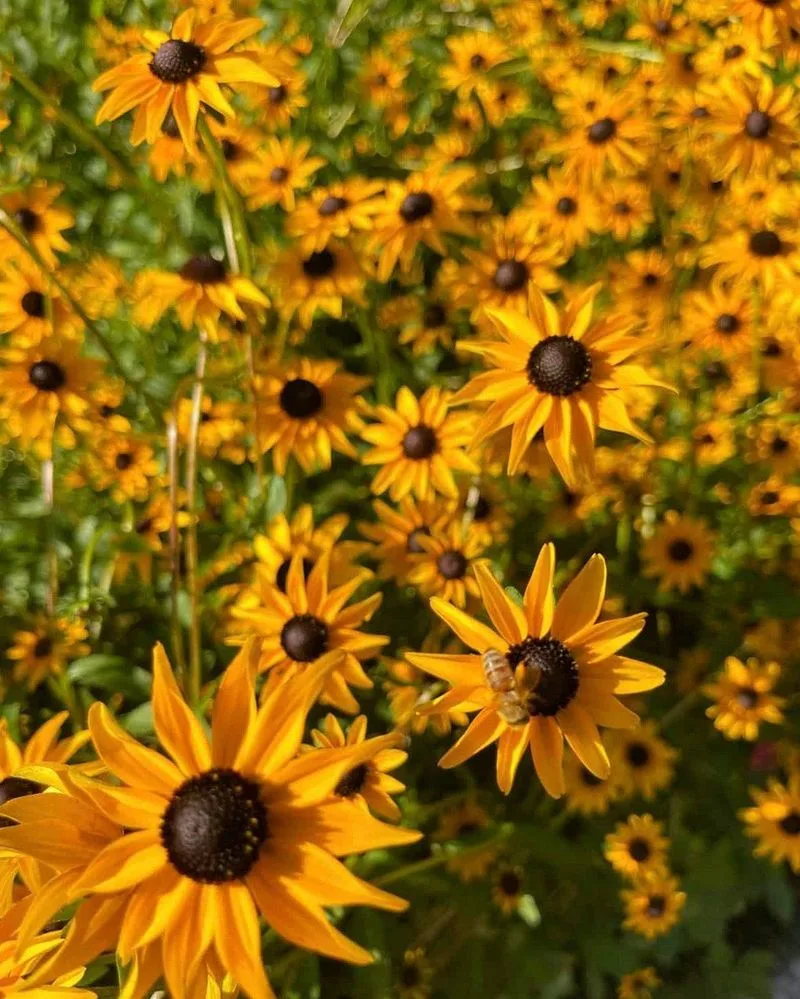
With their cheerful yellow petals and striking dark centers, black-eyed Susans are a staple in gardens with clay soil. These perennials are exceptionally hardy and can tolerate the dense nature of clay. They bloom profusely from late summer into fall, providing a long-lasting display. Black-eyed Susans are also drought-tolerant and attract a host of pollinators, making them both pretty and practical. Plant them in mass for a stunning visual effect, or use them to brighten up borders and pathways.
Hosta
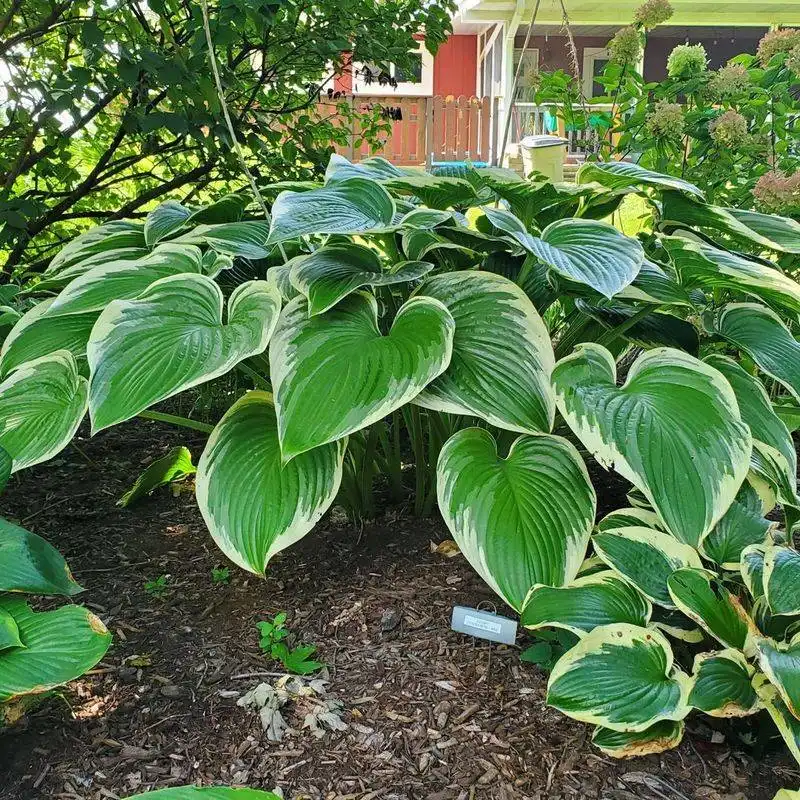
Hostas thrive in the shade and are well-suited for clay soils. Known for their rich foliage, these plants come in various sizes and colors, offering versatility in garden design. Hostas are perfect for adding lush greenery to shady areas, with leaves ranging from deep blue-green to bright chartreuse. They produce delicate lavender or white flowers on tall stalks during summer. Hostas require minimal care, making them an excellent choice for low-maintenance gardens. They pair well with other shade-loving plants, enhancing any landscape with texture and color.
Astilbe
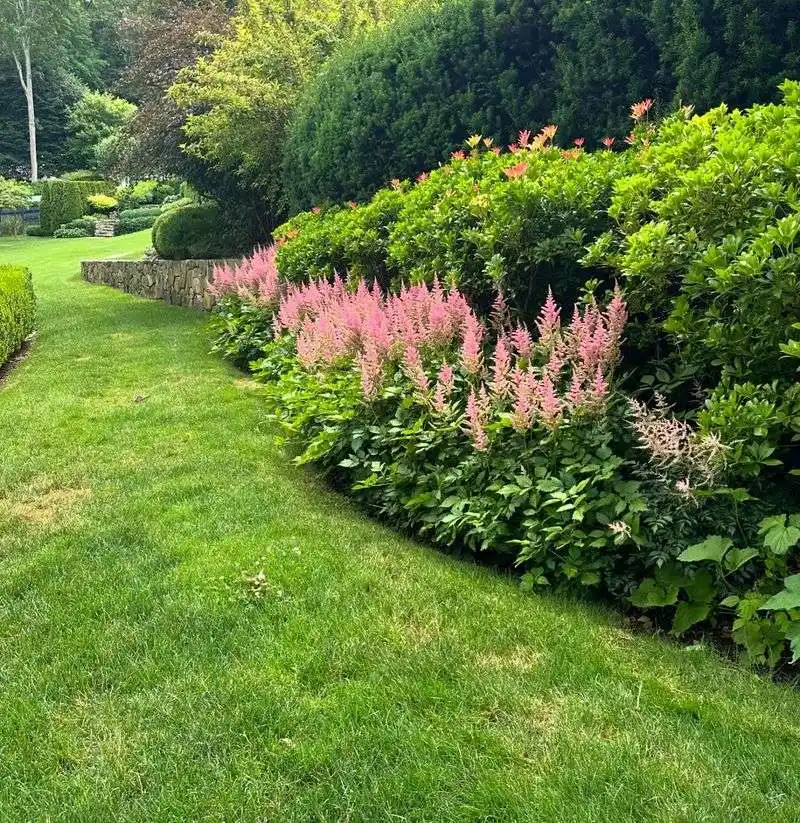
Astilbes bring elegance to clay soil gardens with their feathery plumes and fern-like foliage. These perennials thrive in moist, well-drained clay, providing a splash of color in shaded areas. Their blooms range from white to deep red, offering variety and vibrancy. Astilbes are deer-resistant and attract butterflies, adding ecological value. They are ideal for borders, containers, or as part of a woodland garden. With their graceful appearance and minimal care requirements, astilbes are a favorite among gardeners seeking beauty with ease.
Sedum
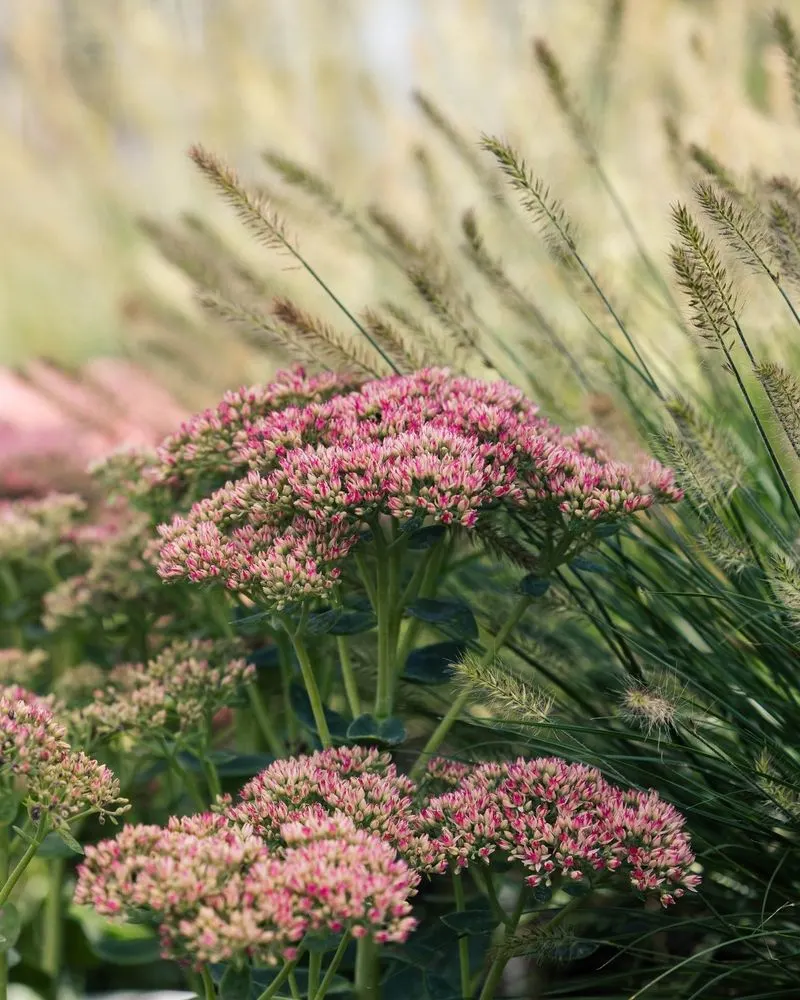
Sedum, also known as stonecrop, is a succulent that thrives in clay soil, providing year-round interest with minimal effort. Its fleshy leaves store water, making it drought-tolerant and perfect for rock gardens or borders. Sedum’s star-shaped flowers come in various colors, attracting pollinators like bees and butterflies. This plant is incredibly versatile, offering different heights and textures to suit any garden style. With its ability to withstand harsh conditions and its vibrant blooms, sedum is a reliable choice for adding beauty to challenging soils.
Yarrow
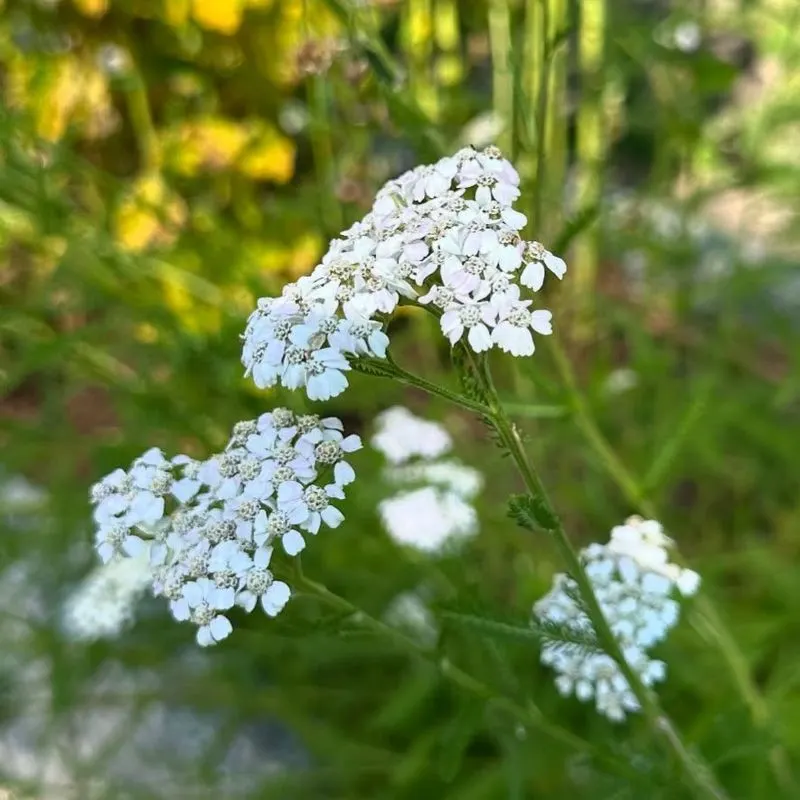
Yarrow is a robust perennial that performs well in clay soils, known for its medicinal properties and ornamental appeal. Its fern-like leaves and clusters of tiny flowers can range from white to yellow, pink, and red. Yarrow is highly drought-tolerant and thrives in full sun, making it ideal for low-maintenance landscapes. It’s a great choice for borders, cottage gardens, and wildflower meadows. Yarrow also attracts beneficial insects and pollinators, enhancing the ecological value of any garden. Its ease of growth and care make it a gardener’s favorite.
Rudbeckia
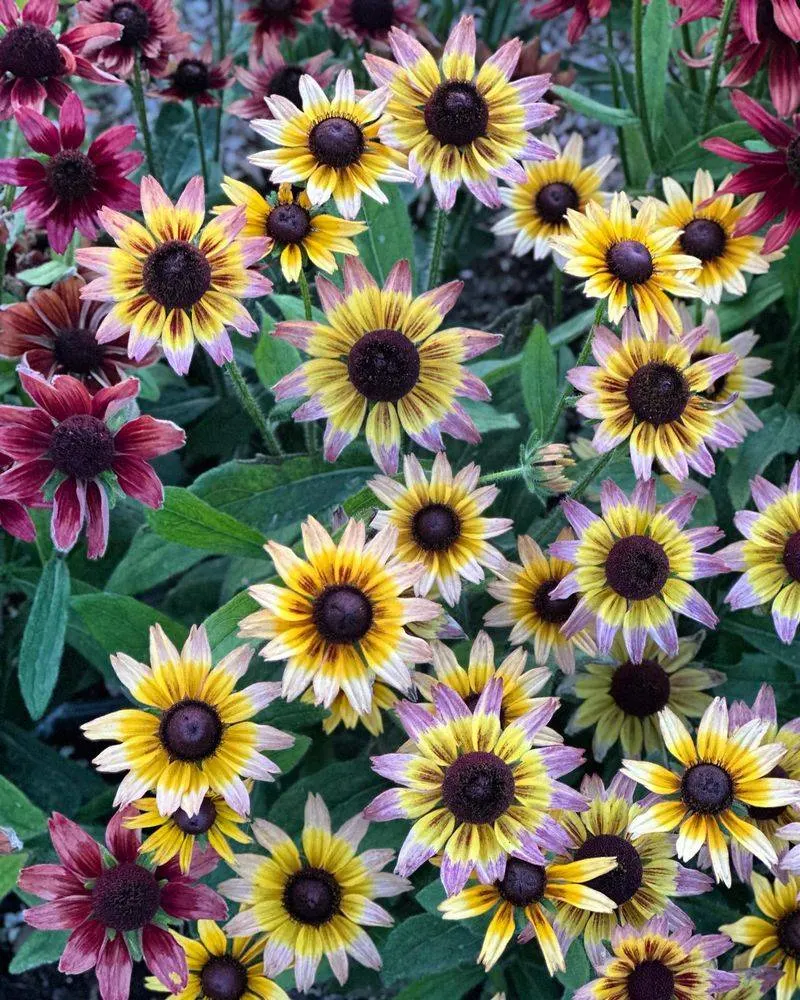
Rudbeckia, often confused with black-eyed Susans, is another excellent choice for clay soil gardens. With their striking yellow blooms and dark centers, these perennials bring warmth and cheer. They are incredibly hardy, tolerating the dense, compact nature of clay. Rudbeckia blooms from late summer into fall, providing a bright display when many other plants have faded. They are drought-tolerant, making them perfect for low-maintenance gardens. Pair them with other perennials for a stunning, long-lasting floral show.
Russian Sage
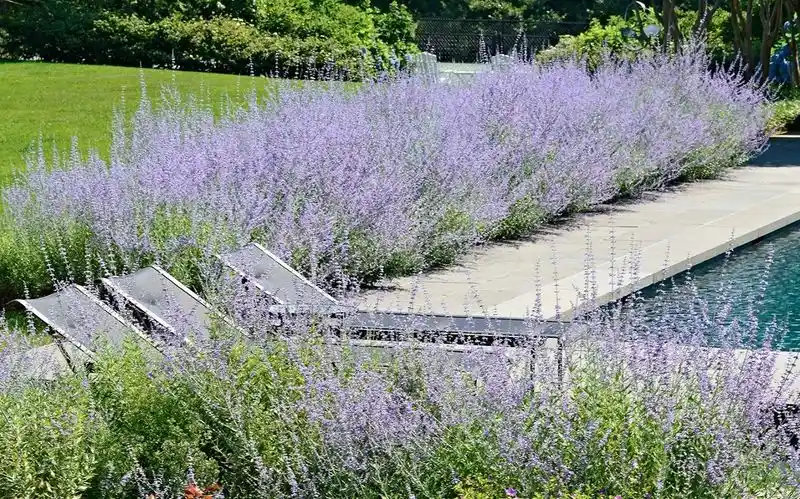
Russian sage adds a touch of elegance with its wispy, lavender-blue flowers and aromatic, silvery foliage. This perennial thrives in clay soil, offering a drought-resistant option for sunny spots. Its tall, airy form and vibrant blooms create movement and color throughout the growing season. Russian sage is perfect for adding height to borders and looks stunning when planted en masse. Besides its beauty, it attracts pollinators, supporting local ecosystems. With minimal care needs, it’s an excellent addition to any garden, adding both style and substance.
Butterfly Bush
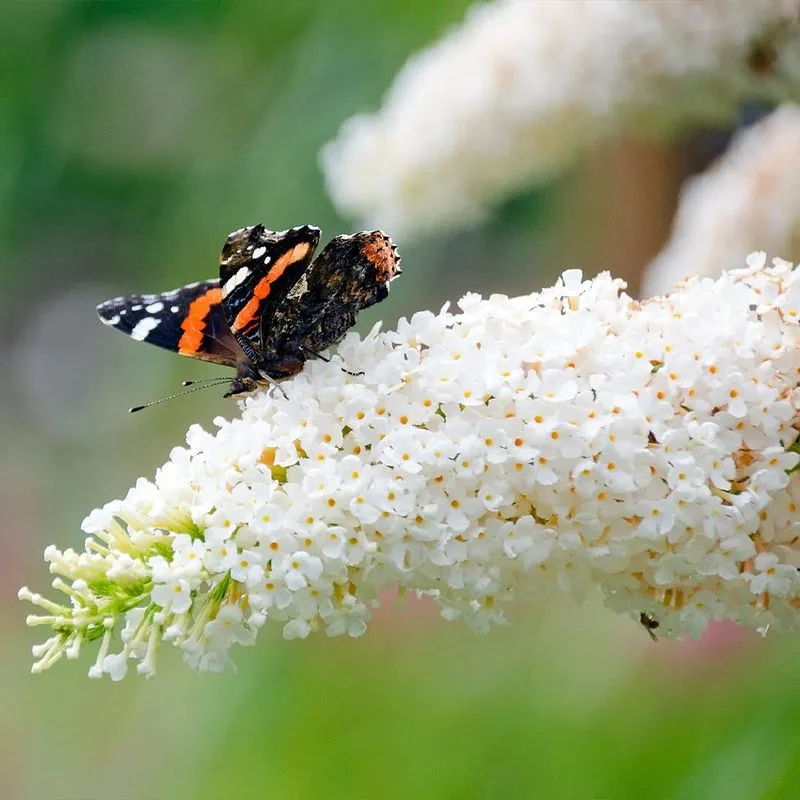
The butterfly bush is a magnet for pollinators, particularly butterflies, as its name suggests. This shrub thrives in clay soil, producing long, fragrant flower spikes in colors ranging from purple to white. It’s a fast grower, providing quick coverage and visual impact. Butterfly bushes are low maintenance, requiring little more than annual pruning to maintain shape and encourage blooms. Their drought tolerance and adaptability make them a favorite for gardeners looking to attract wildlife while adding beauty and fragrance to their gardens.
Creeping Jenny
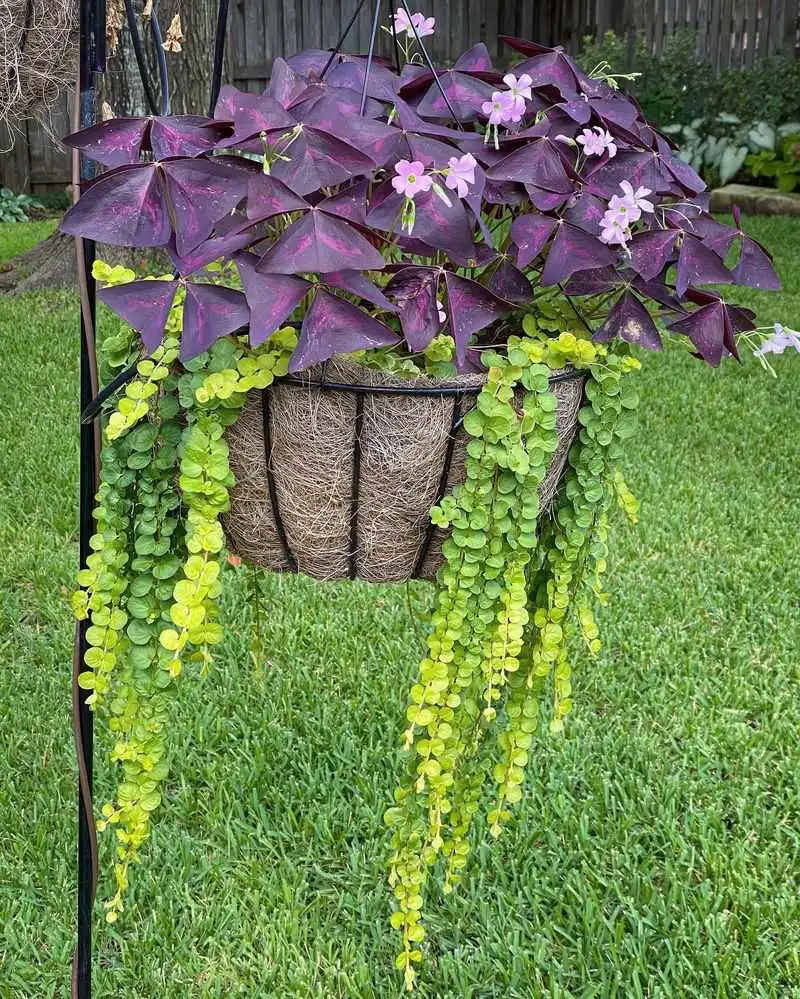
Creeping Jenny is a ground cover that thrives in clay soil, known for its vibrant lime-green leaves that cascade gracefully. This perennial spreads quickly, making it an excellent choice for covering bare spots or adding color to shaded areas. Creeping Jenny is low maintenance and can tolerate both wet and dry conditions. It’s perfect for garden borders, rock gardens, or containers, adding a splash of color and texture. Its cascading habit makes it ideal for hanging baskets or draping over walls, providing a lush, green backdrop.
Japanese Iris
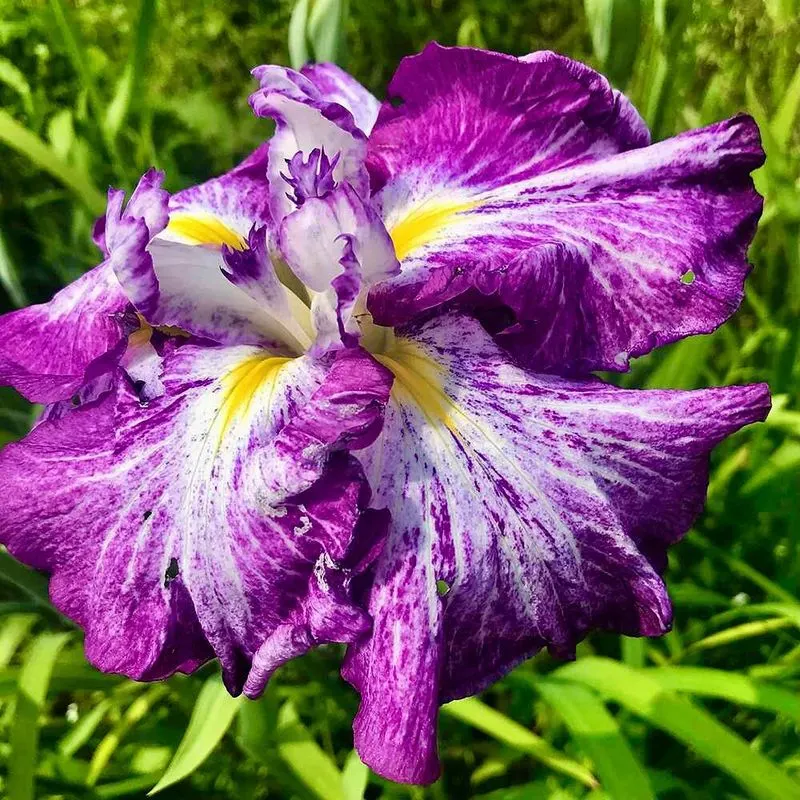
Japanese iris thrives in moist clay soils, adding elegance with its stunning blooms. The flowers, often in shades of purple, blue, and white, rise above slender, sword-like foliage. These irises are ideal for water gardens or the edges of ponds, where their roots can stay consistently moist. Japanese irises are deer-resistant and can thrive in full sun to partial shade. Their striking appearance makes them a focal point in any garden, combining beauty with resilience. With proper planting, they provide a spectacular floral display each year.

